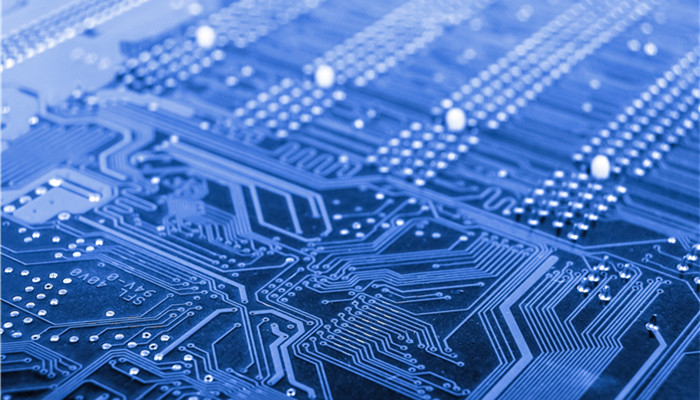
The CMP polishing pad market is highly concentrated and industry development is difficult
Chemical mechanical polishing (CMP) is currently the only technology in the world that can take into account the global and local flatness of the surface, allowing chip manufacturers to continuously reduce the circuit area and expand the performance of lithography tools. The CMP process mainly uses chemical liquid methods and machinery (mats). In this process, the polishing liquid and polishing pad are both consumable materials and have high value.
The properties of the polishing pad directly affect the surface quality of the wafer, so the downstream requirements for CMP polishing pad products are higher. Generally, CMP polishing pads need to have high corrosion resistance, hydrophilicity, and mechanical mechanics. According to different materials used, CMP polishing pads can be divided into polyurethane polishing pads, non-woven polishing pads, non-woven polishing pads with velvet structure, etc. Among them, polyurethane polishing pads have strong tear resistance, acid resistance, corrosion resistance, and wear resistance. It has strong properties and is currently the most common CMP polishing pad.
According to the “2022-2026 CMP Polishing Pad Industry In-depth Market Research and Investment Strategy Suggestions Report” released by the Industrial Research Center, CMP The polishing pad industry has a high technical threshold. Although the industry development prospects are good, there are currently few companies that can achieve production. The global CMP polishing pad market is mainly concentrated in the United States, Japan and South Korea. Representative companies include Dow Chemical, Toyo Rubber, Toray Industries, Cabot, Applied Materials, JSR, etc. my country’s research on CMP polishing pads mainly focuses on application, and there is less research on production, making it difficult to localize products and relying on imports for market demand.
Companies in the field of CMP polishing pads in my country include Semiconductor Manufacturing International Corporation, Dinglong Chemical, Huahong Electronics, and Beida Advanced Materials. With the rapid development of the domestic wafer industry, my country’s CMP polishing pad production technology continues to improve, and currently has achieved great results in production. breakthrough.
In recent years, the global industry has developed intelligently. Driven by the development of artificial intelligence, 5G and other technologies, wafer output has increased, promoting the development of the CMP polishing pad industry. In 2021, the global CMP polishing pad market will reach US$880 million, and the domestic CMP polishing pad market will reach 2.1 billion yuan. In the future, as the wafer industry continues to upgrade, the production capacity of 8-inch and 12-inch wafers will increase, and the requirements for CMP polishing pads will increase. With the high-end development of the CMP polishing pad industry, the gap between Chinese companies and foreign companies has narrowed, and domestic companies are expected to gradually achieve localization.
Industry analysts said that CMP polishing pads are mainly used in wafer production, benefiting from the rapid development of semiconductor, artificial intelligence and other industries. The increase in wafer output is good for the development of the CMP polishing pad industry. The CMP polishing pad industry has a high threshold. Currently, the global and domestic markets are occupied by foreign companies, and there will be greater room for localization in the future. As wafer sizes continue to upgrade, downstream requirements for CMP polishing pads increase, which will create space for the localization of CMP polishing pads.



 微信扫一扫打赏
微信扫一扫打赏
